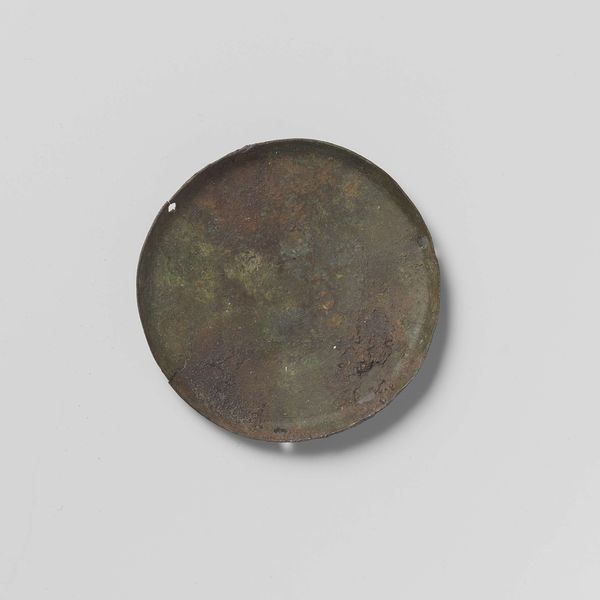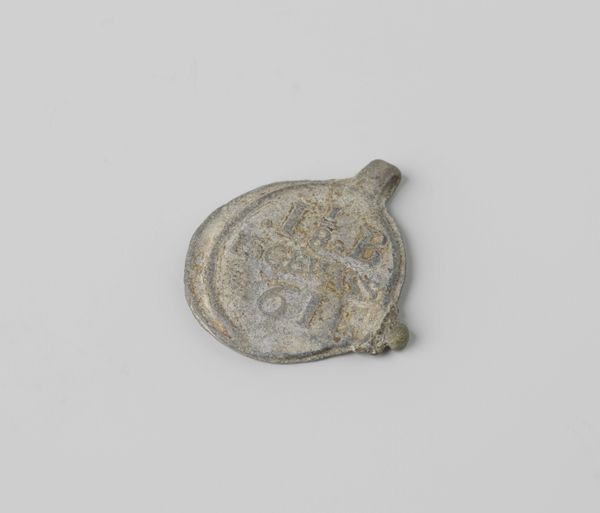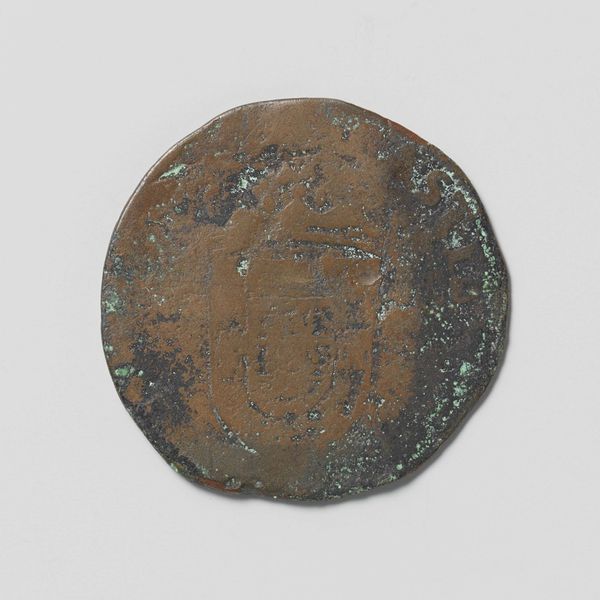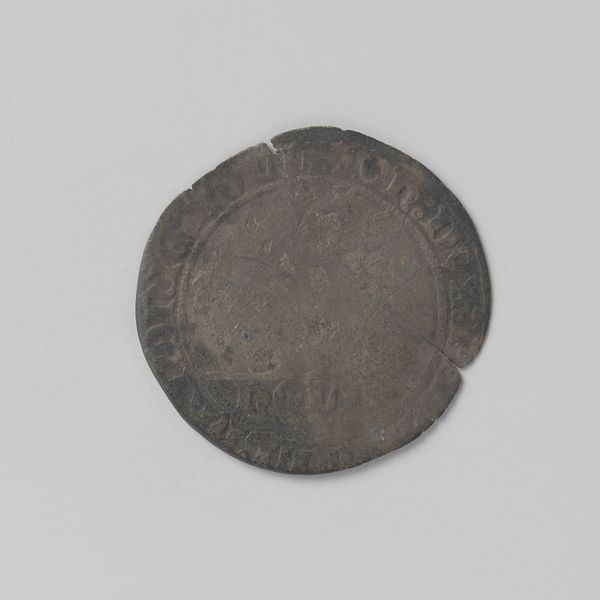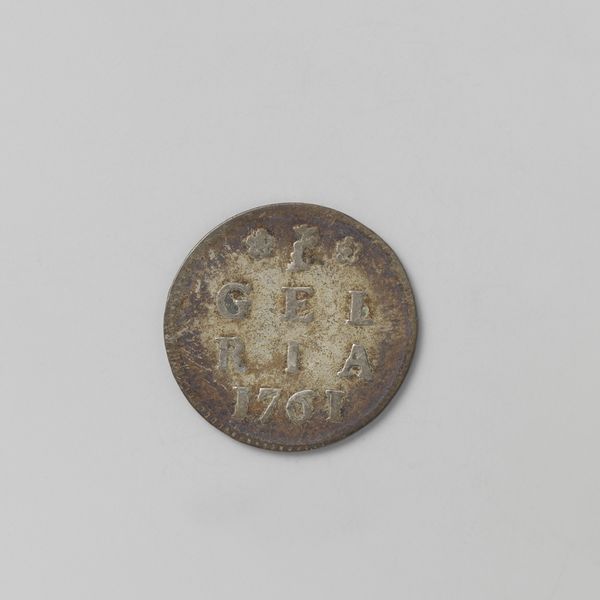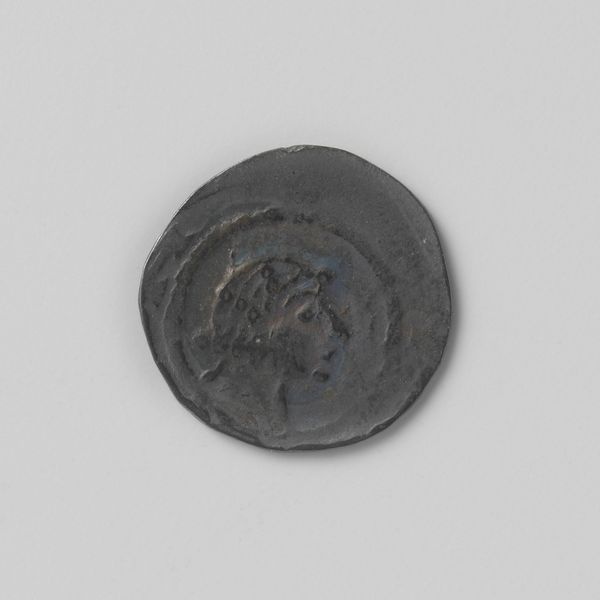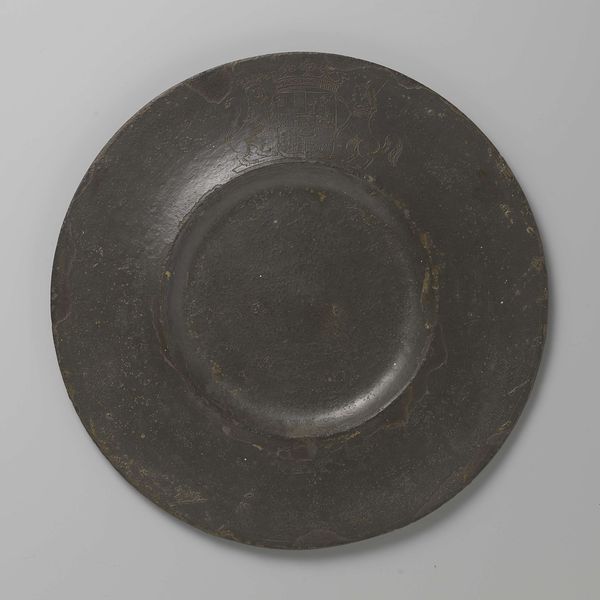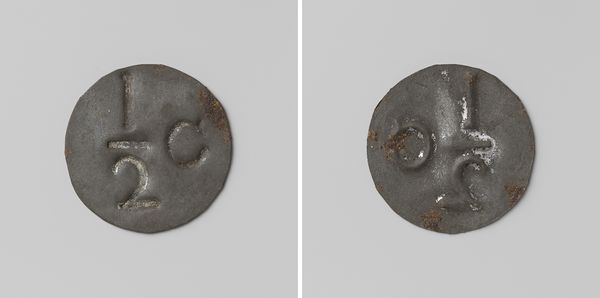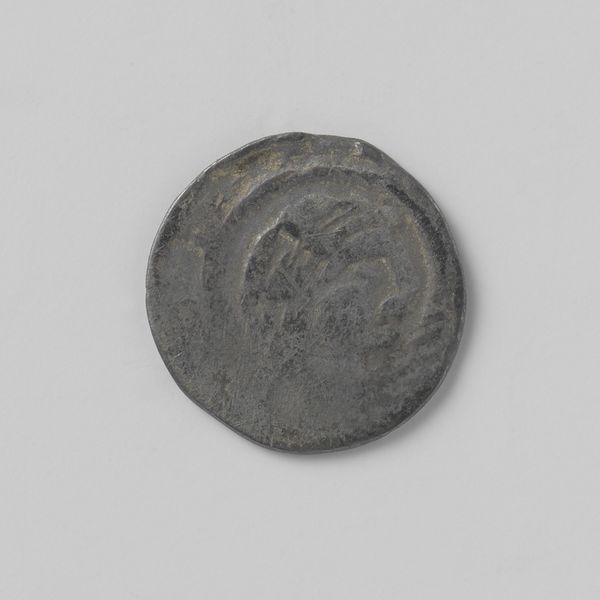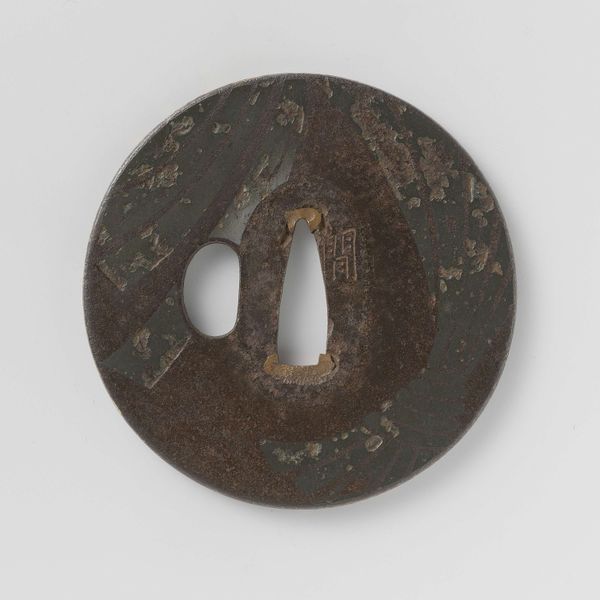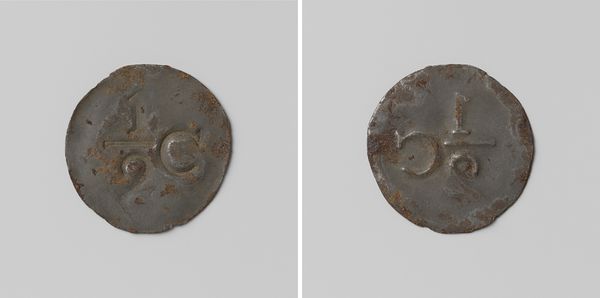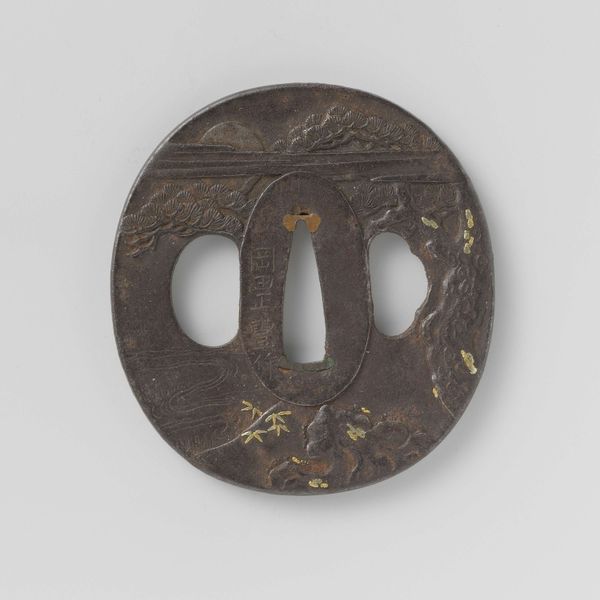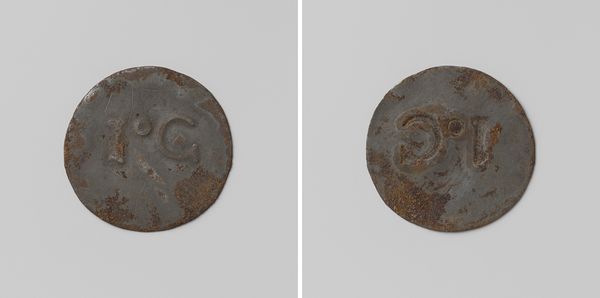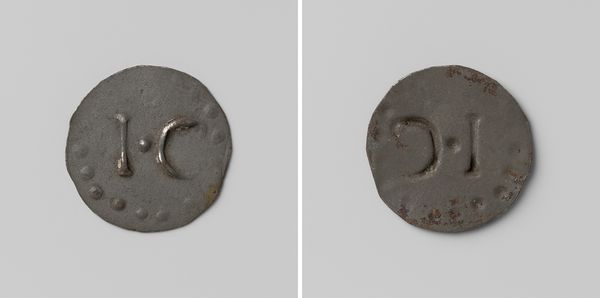
Weegschaal van koper, rond en plat met opstaand randje waarin drie gaatjes zijn aangebracht c. 1590 - 1596
0:00
0:00
metal, bronze, sculpture
#
metal
#
bronze
#
11_renaissance
#
ancient-mediterranean
#
sculpture
Dimensions: height 0.3 cm, diameter 6.5 cm
Copyright: Rijks Museum: Open Domain
This copper weighing scale, now housed in the Rijksmuseum, speaks volumes about historical systems of trade and value. Though anonymous, its existence points to a society deeply engaged in commerce, where standardized measurements were crucial. The use of copper itself is significant. While not as precious as gold or silver, it was durable and relatively accessible, suggesting widespread use. The scale’s simple design, a flat disc with holes for suspension, reflects a practical, utilitarian approach to trade, before the rise of today’s financial institutions. The Dutch Republic, where this scale likely originated, was a hub of global trade, and this humble object offers a glimpse into the everyday transactions that fueled its economic power. Further research into Dutch mercantile history and archaeometry to investigate date and place of production will reveal more about this artifact and its cultural context. Art isn’t made in a vacuum, it exists as part of a cultural system.
Comments
No comments
Be the first to comment and join the conversation on the ultimate creative platform.
